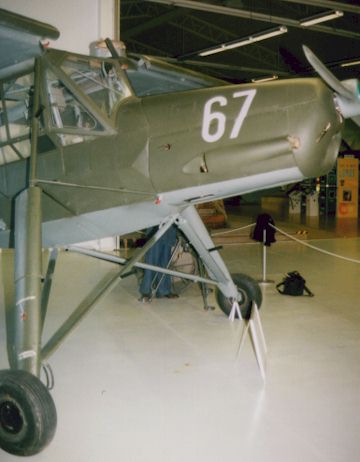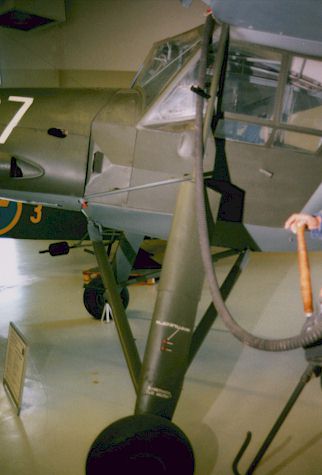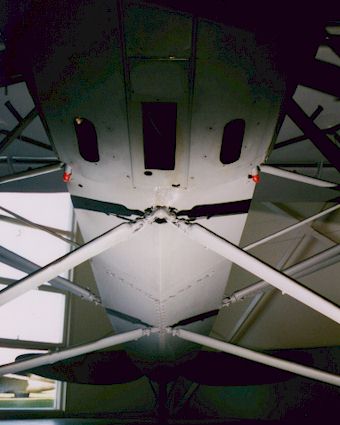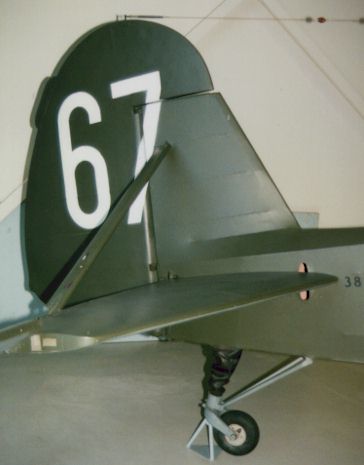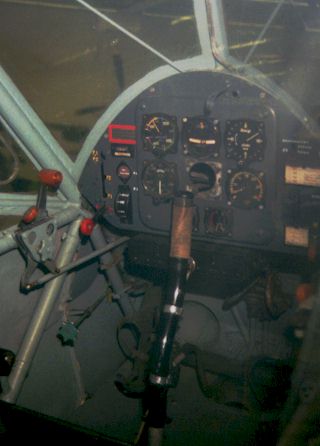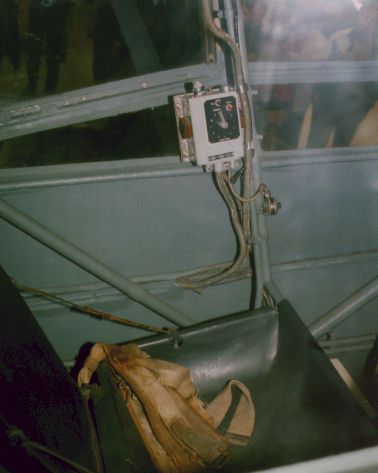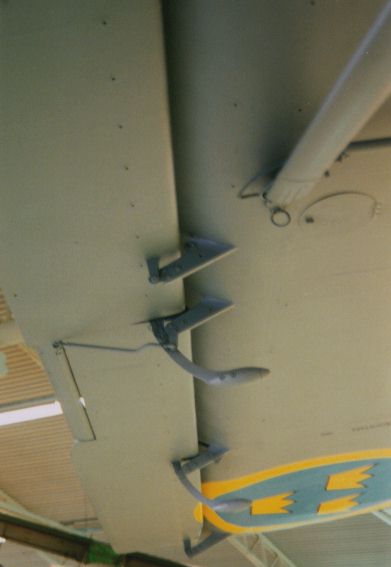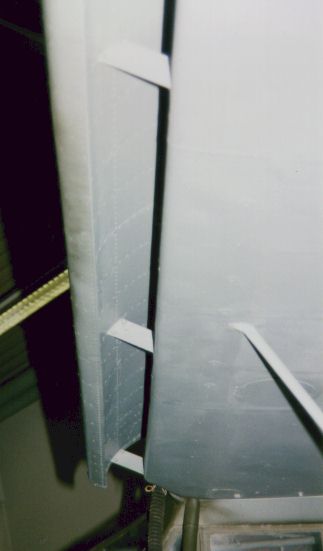by Martin Waligorski
Photos: Martin Waligorski
Everyone’s favourite
Many aircraft historians would agree that the only pre-war German aircraft type not matched by the Allies throughout the entire conflict was the lightweight Fieseler Fi 156 Storch. Popular among the Germans, their allies as well as their counterparts, the Fi 156 excelled wherever it appeared – in missions of reconnaissance, liaison, ambulance, or personal transport. Used widely even after the war, the Storch was only made obsolete by the arrival of the entire new concept for slow-speed flying – the helicopter.
What made the aircraft so remarkable was the short field takeoff and landing capability, possible because of the extremely low stalling speed of 32 mph. In response to the 1935 Luftwaffe requirement for a general utility aircraft, Fieseler has designed the aircraft around a modern mechanized wing with full-length slats, fowler-type flaps increasing the wing area by 18 % and ailerons that dropped when the flaps were extended past 20 degrees. The long, spindly undercarriage gave the plane the ability to stall-land in all sorts of awkward places.
The Storch gained fame already before the war by public displays like stunt landings during military parades on Berlin’s Unter den Linden. However, the most famous Storch performance was that of hazardous rescue of Benito Mussolini from captivity in a remote castle high up in the Apenine mountains. The Storch used as VIP transport in this mission landed and started on a plateau only about 20 meters long. Almost 2,900 Storchs were built between 1937 and 1945 by Fieseler Werke in Kassel and Morane-Saulnier in Puteaux, occupied France.
The presented Fi 156C has been preserved in the Swedish Air Force museum in Linköping.
Fieseler Fi 156C in detail
The wonderfully preserved Storch in Swedish Air Force Museum in Linköping. The aircraft is displayed in a simple diorama setup showing the refuelling procedure – note the cart carrying a fuel drum in the foreground and ??? on top of the wing.
The only area of the aircraft showing any sign of streamlining is the metal-skinned nose housing the air-cooled in-line Argus engine driving a two-bladed fixed-pitch Schwartz propeller.
A detail of potential interest to modellers is the angle and compression of main undercarriage legs on this (empty!) aircraft.
Note also access steps in form of black-painted bars protruding from the front struts.
Port undercarriage in full view.
If many German aircraft designs of the period looked somewhat angular, this aircraft was even more so than any other! Everything behind the nose is angular: for example, note the faceted shape of the fuselage side just behind the engine.
Details of the strut attachment points.
Lower side of the fuselage. Apologies for the weird deep shadows in this and some other photos – caused by mine experimenting with the off-camera flash.
What can be seen is that the fuselage bottom is not flat, but has a distinct angular keel to which undercarriage struts are attached.
The three openings in the foreground belong to the lower part of the engine cowling and lead cooling air off the engine. If you look closely you will see that the middle opening can be adjusted by means of a sliding plate.
Aircraft’s nose again, this time offering good detail view of front engine cover and propeller. The inverted-vee Argus engine can be seen through large air inlet. Note also the V-shaped windscreen.
A small detail hard to see elsewhere is the fabric pattern on the propeller blade.
The other end. Tail structure of the Storch was typical for lightweight aircraft of the era, with fabric covering, strutted horizontal tailplane and horn balances on the control surfaces.
The vertical opening in the fuselage fabric allows for trim movement.
The tail wheel leg is exceptionally long, supported by twin forward struts.
Cockpit interior of the museum’s Storch is original and almost complete, lacking only one dial face on the instrument panel. Note two supporting wires on the inner side of the windscreen above the panel, and electrical wiring attached to the canopy frame. The red-colored throttle control is placed on the tubular fuselage member. Control stick is about as simple as it gets, and rudder pedals are standard Luftwaffe cast alloy type used on virtually every wartime German aircraft produced after 1941.
The combination of high-mounted wing, lots of glazed panes and low cockpit rim provided excellent view for the pilot.
Pilot’s seat is a simple affair with rectangular ”dish” for the parachute. The seat harness shown here is of original Luftwaffe type!
Again, unnecessarily bad light conditions in this photo showing cabin entry door on the starboard side.
The museum’s Fi-156 is not armed, although the rear canopy shape with its flat, circular panel was aimed for the mounting of single hand-operated machine gun. This canopy is the ”universal canopy” common for all late-production Fi-156 C-???.
A shape worth noting by the modellers is the gull-wing section of the centerplane.
The small white-colored object in the foreground is the ceramic isolator of the antenna attachment point.
The secret of Storch’s wonderful low-speed performance was this fully mechanized wing. Visible elements are: fixed leading-edge slats; landing light; pitot tube attached to the wing strut; aileron with visible mass balances.
Aileron detail.
For modeller interested in Swedish Air Force: note the original colors of the national insignia. This photo, taken with only natural light, gives a good feeling of the blue shade used.
This, the last photo of this set, shows port wing leading edge slat.
This article was originally published in IPMS Stockholm Magazine in March 2001.

